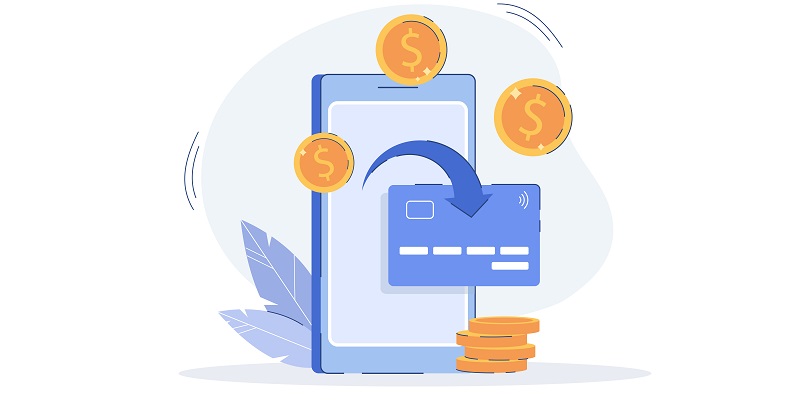In an increasingly digital age, the transition from paper to digital processes has revolutionized various industries, including lending. In the lending sector, digital migration offers several significant advantages, such as competitive differentiation, an enhanced borrower experience, and a reduction in time and costs in the origination process. However, embarking on this journey requires careful planning, stakeholder involvement, and a comprehensive roadmap. In this article, we will explore the benefits of digital lending, the mistakes to avoid, and the essential components to consider when creating your digital journey roadmap.
Mistakes to Avoid in the Digital Migration Process
One of the biggest mistakes people make when initiating the digital migration process is failing to solicit input from internal stakeholders and underestimating the importance of aligning departmental strategies. To overcome this, consider implementing workshops and interviews with loan officers and other frontline employees. This will help identify their biggest complaints, pinpoint time-consuming tasks, and discover opportunities to streamline processes and make their lives easier.
Gathering Stakeholder Feedback for Streamlined Processes
By actively involving loan officers and other frontline employees in the digital migration process, you can gain valuable insights into the pain points they face on a daily basis. By addressing their concerns, you can streamline processes, enhance efficiency, and improve the overall borrower experience. Additionally, soliciting feedback early on will instill a sense of ownership and enthusiasm among your team.
Asset Class Inventory and Digital Integration Strategies
For lenders at the beginning of their digital lending journey, it is essential to identify all asset classes already originated or considered for origination. Conducting an inventory allows you to determine how you want to incorporate digital strategies for each asset class. By customizing the approach, you can ensure a seamless integration of digital tools and processes throughout your lending portfolio.
Key Components of a Digital Lending Roadmap
When creating your digital lending roadmap, certain components are vital for success. An eSignature tool, an eVault, and an authoritative document copy are essential for a robust and legally compliant digital lending process. An eSignature tool allows borrowers to electronically sign documents, eliminating the need for physical paperwork. An eVault ensures secure storage of electronic originals as authoritative copies, ensuring data integrity and ease of access.
The Importance of Electronic Vaults and eSign Tools
The use of an eVault and eSign tool plays a pivotal role in digital lending. By creating and signing electronic originals, lenders can eliminate the need for physical documents. These electronic originals, stored in an eVault, serve as authoritative copies, significantly reducing the risk of errors, loss, or tampering. Achieving this level of document security is vital in maintaining compliance and building trust with borrowers.
Starting Small and Scaling Up
Embarking on the digital lending journey can seem overwhelming, but starting small can be a highly effective approach. By focusing on one process or platform initially, you can gain valuable insights, adapt the approach as needed, and evaluate its success. Starting small enables quicker implementation, easier troubleshooting, and a smoother transition. Once you achieve success, you can gradually expand and scale up your digital processes.
Identifying Areas for Iteration and Scalability
An important aspect of planning your digital journey roadmap is identifying areas where digital integration offers the most flexibility, benefits, cost savings, and potential for scalability. By conducting thorough evaluations, you can pinpoint processes and platforms that can be more easily digitized and offer significant returns on investment.
When choosing the right digital lending partner, it is crucial to consider several factors. However, the most important aspect is finding a partner who can meet you where you are currently and grow with you. Look for a partner with industry experience, a strong technological infrastructure, and a willingness to understand your unique lending requirements. This collaboration will ensure a seamless integration of digital processes, leading to enhanced borrower experiences and improved operational efficiency.
Digital Lending as an Industry Standard
The digitization of lending has evolved rapidly, with the COVID-19 pandemic further accelerating the adoption of digital processes. Organizations that embrace digital lending gain a competitive edge, attract tech-savvy borrowers, and reduce operational costs. Embracing this industry standard ensures the long-term success and sustainability of lending institutions.
Transitioning from paper to digital processes in lending brings numerous advantages, ranging from competitive differentiation to enhanced borrower experiences. However, a successful digital migration requires careful planning, stakeholder involvement, and a well-defined roadmap. By avoiding common mistakes, actively involving stakeholders, and adopting key digital components such as eSignature tools and eVaults, lenders can embark on their digital journey with confidence. Choosing the right digital lending partner and gradually scaling up digital processes will ensure long-term success in an industry where digitalization is now the standard.

